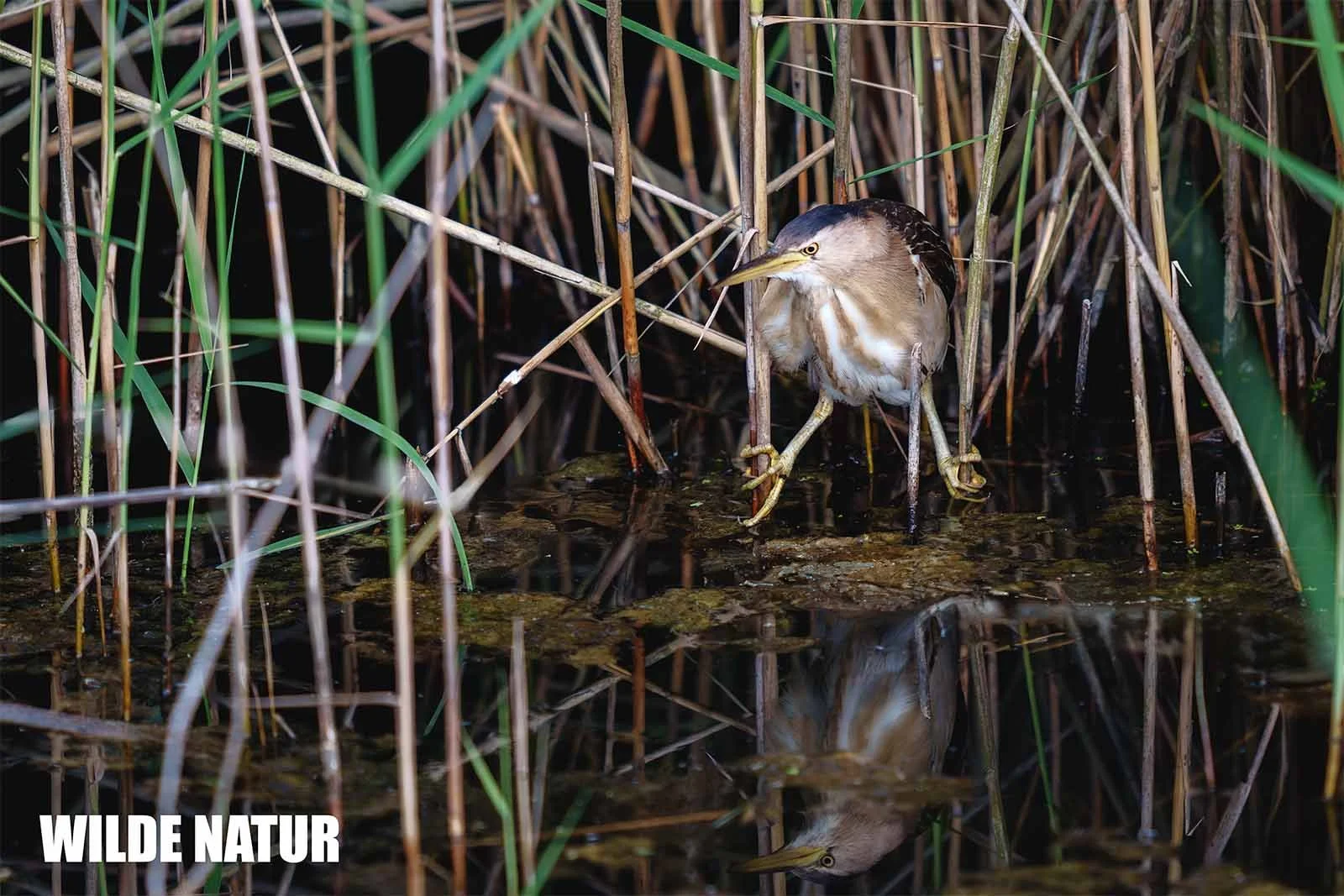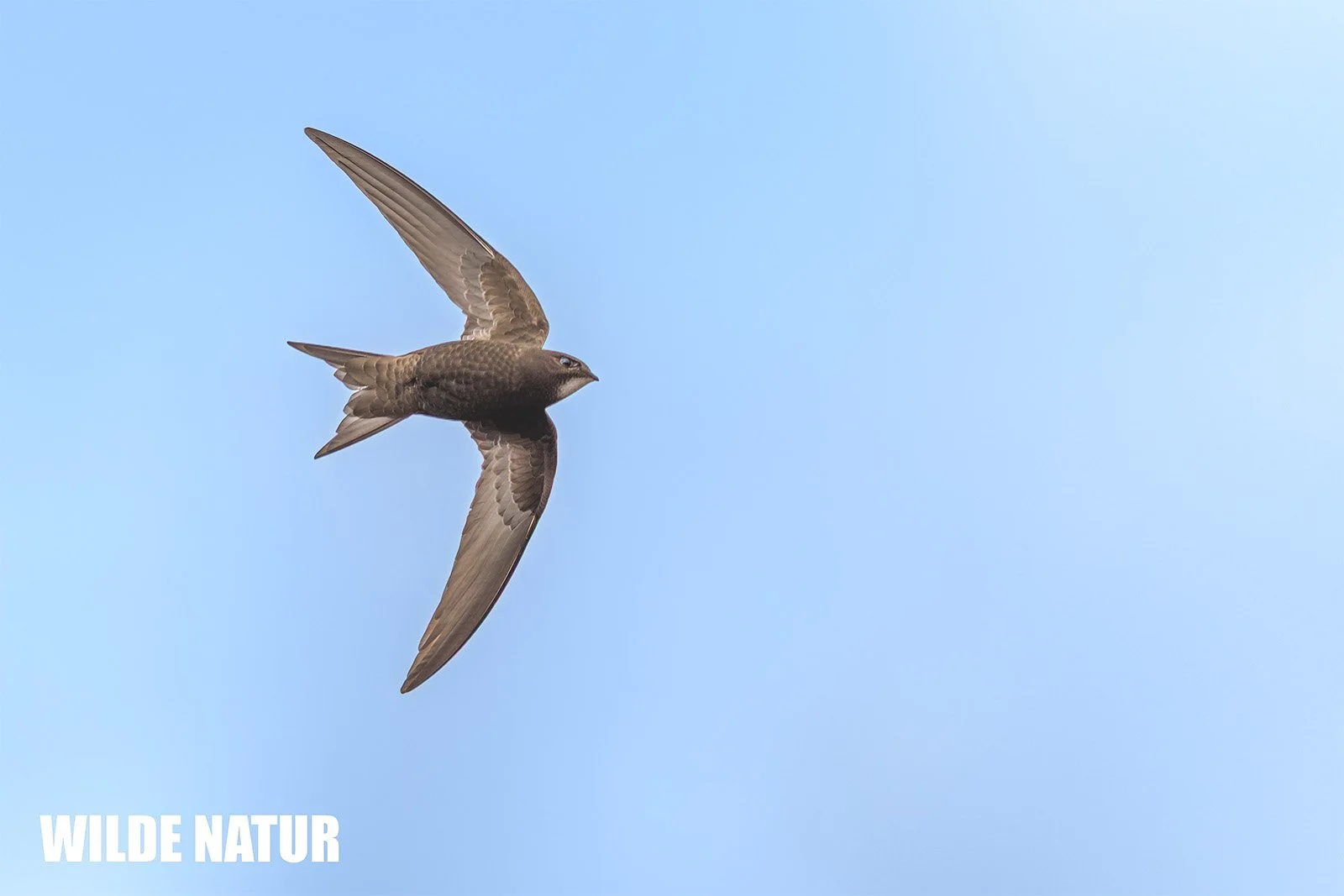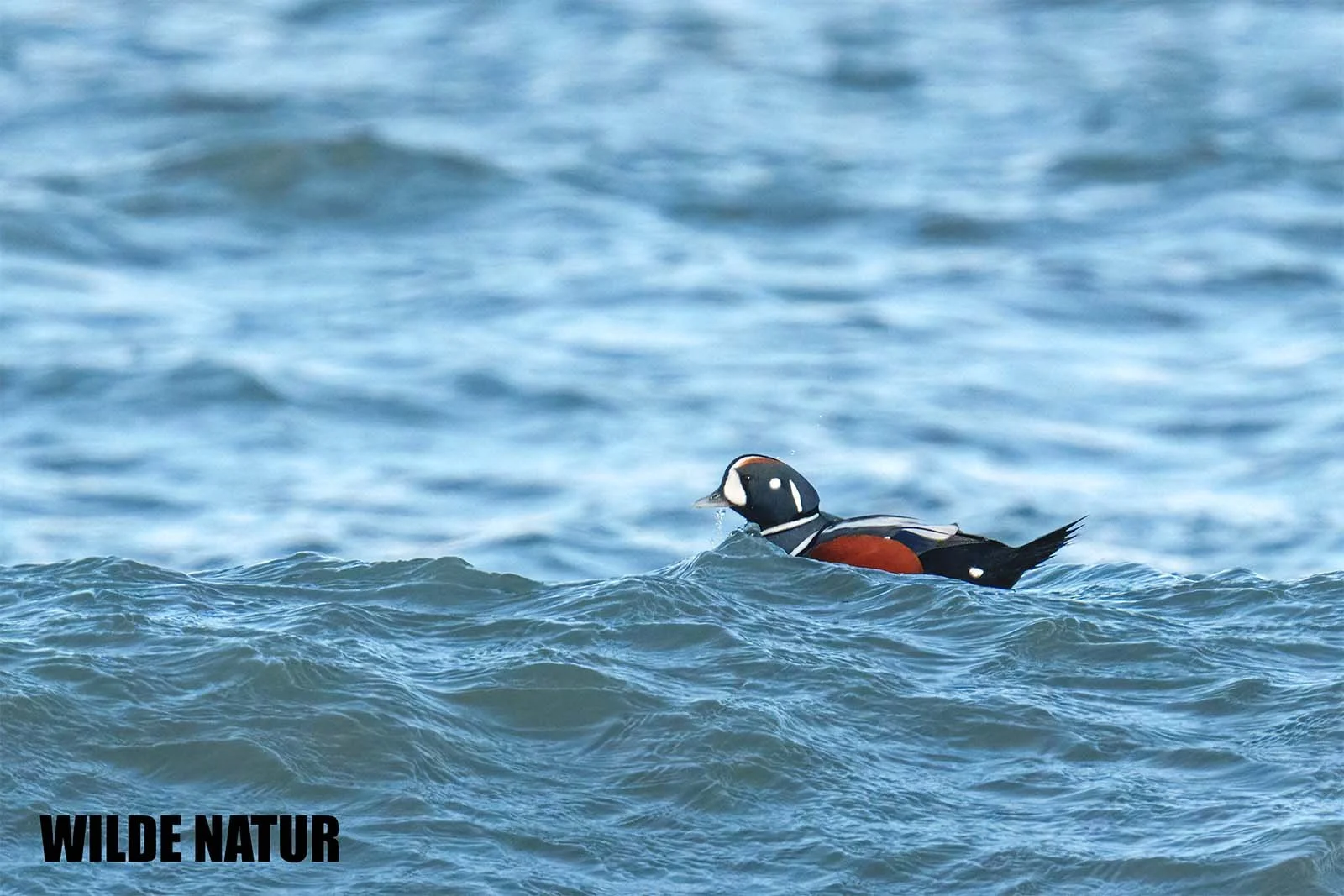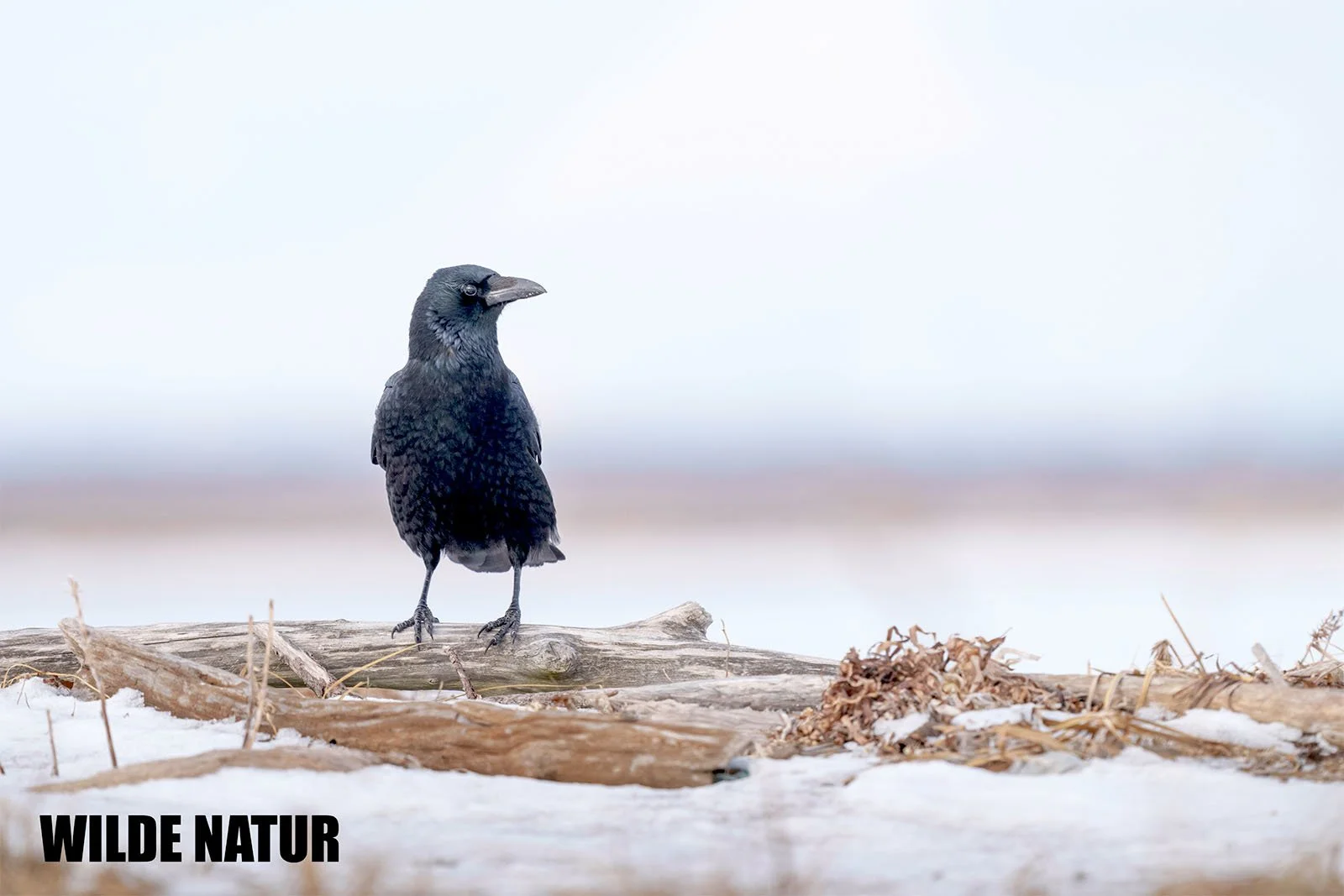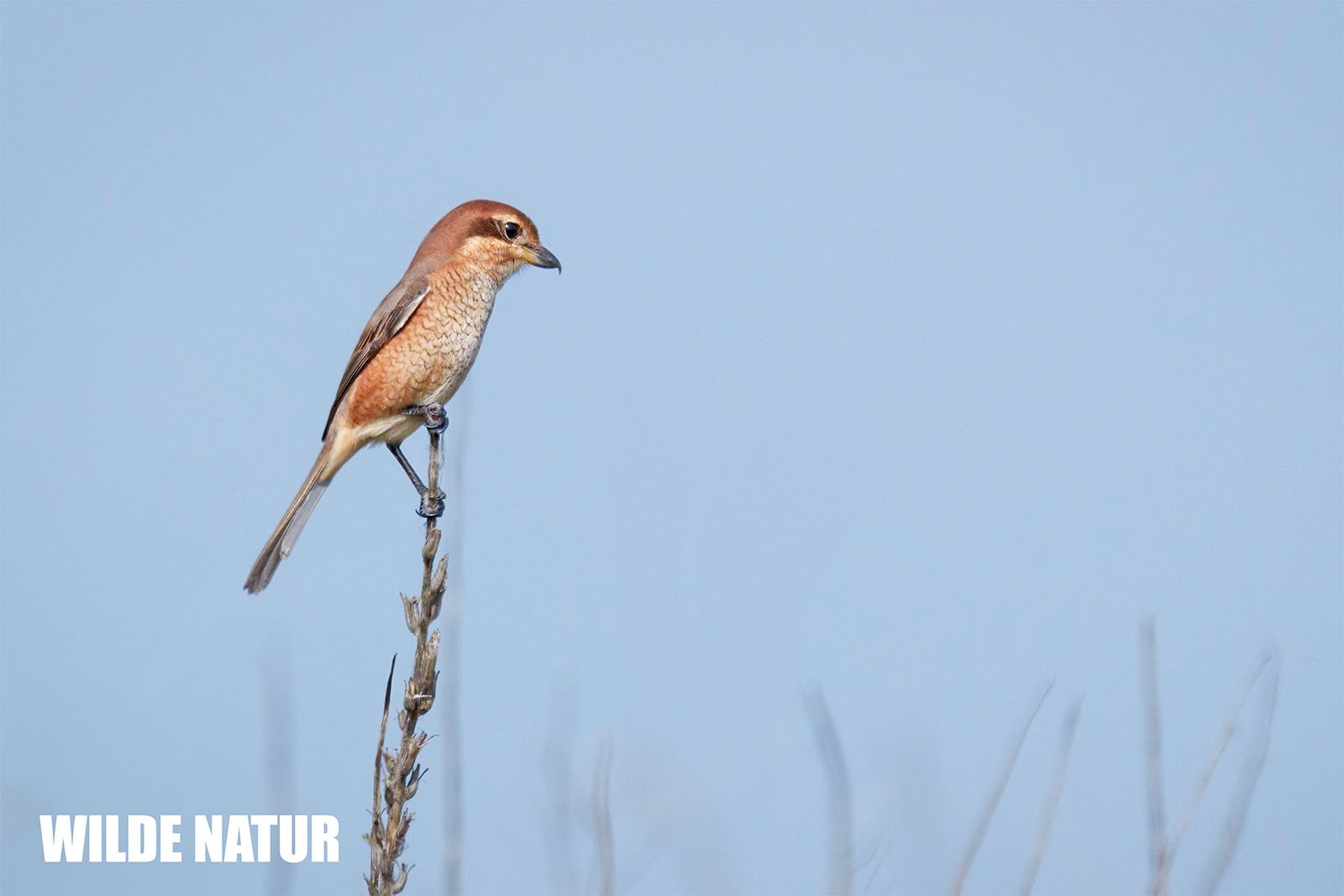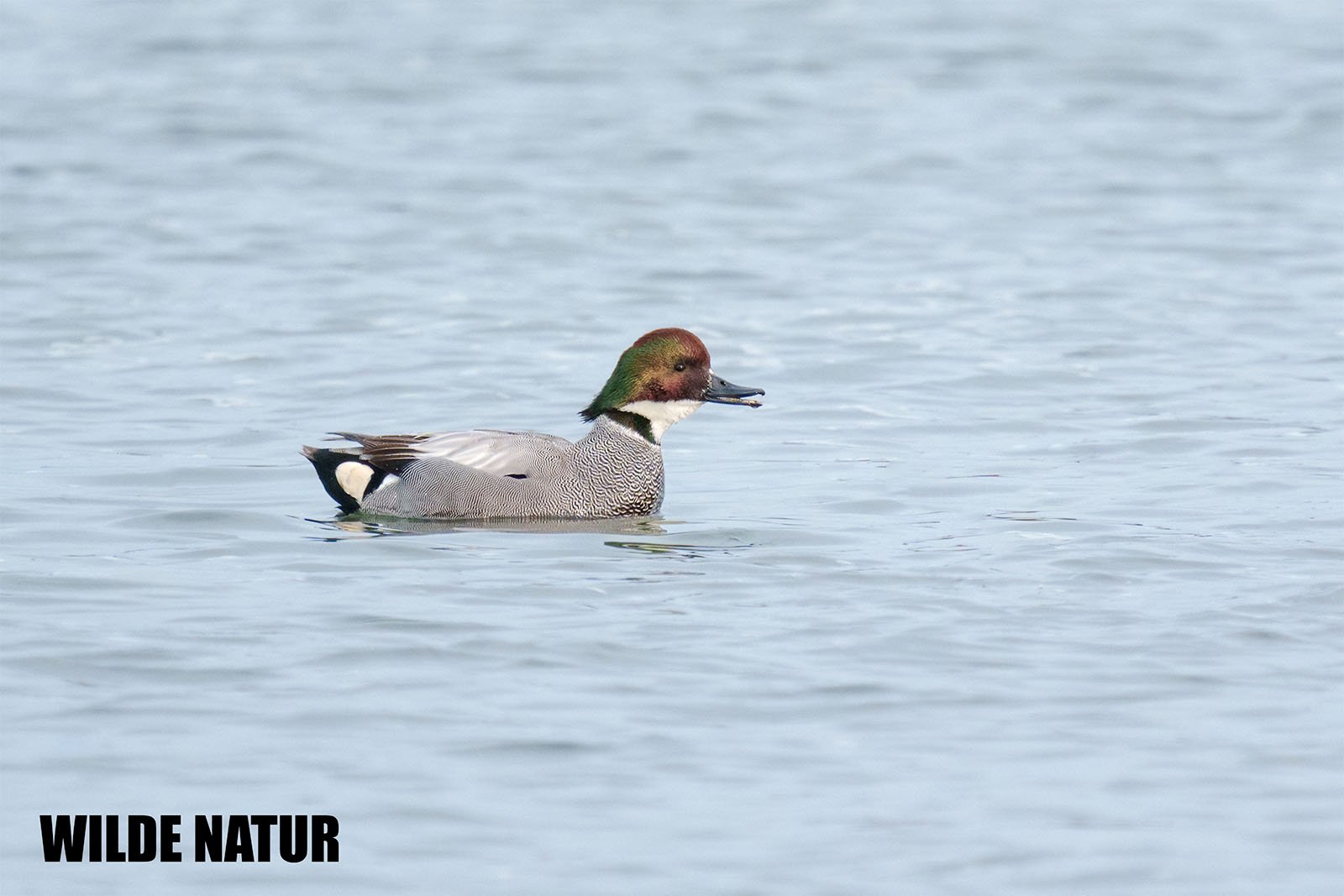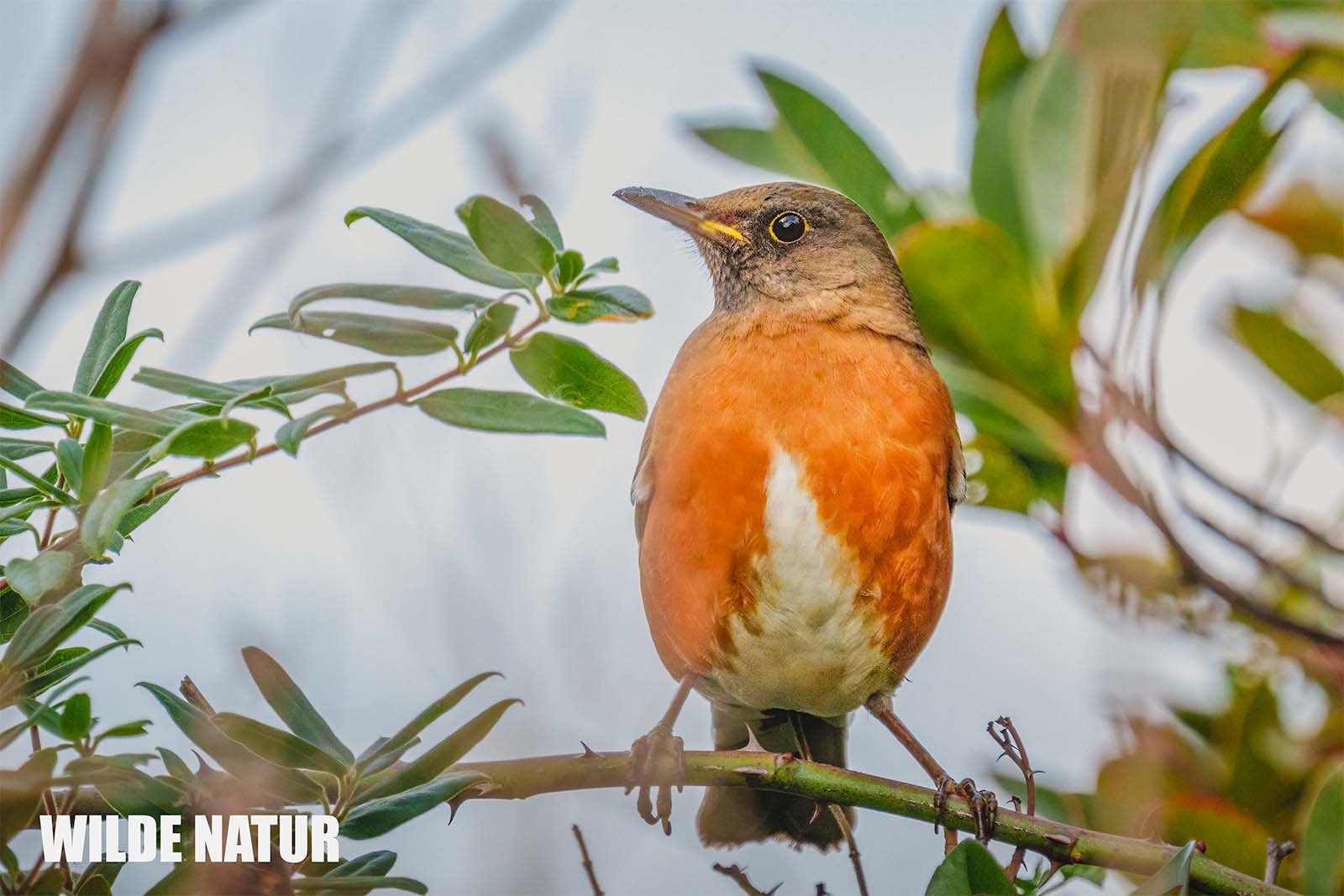Eurasian coot (Fulica atra)
Eurasian coot (Fulica atra)- This photo was taken in Bavaria, Germany
Key data
Size: 36 - 42 cm
Weight: 700 - 900 g
Diet: Aquatic plants, insects, mollusks, crustaceans, and small fish
Season: All year
Observation tip: Bodies of water such as lakes, ponds, or riverbanks
Photography tips:
Lens: 400 mm or greater
Difficulty level: easy
The Eurasian coot belongs to the rail family (Rallidae) and has dark plumage. Its head and neck are dark gray to black, and the body appears dark brown to black. The bill is white, and the eyes are red. It prefers to live in still or slow-flowing bodies of water such as lakes, ponds, or riverbanks and feeds on aquatic plants, insects, mollusks, crustaceans, and small fish.
The Eurasian coot is a medium-sized rail with a body length of 36 to 42 cm (14 to 16.5 inches). It has a round shape and usually swims like a duck on the water, floating relatively high. The head is small compared to the body, and the tail is short. The bill is about 30 mm (1.2 inches) long, white or slightly pinkish, pointed with a curved upper mandible ridge and a robust base. Above the bill is the eponymous frontal shield, a bright white horny plate that covers the forehead. The frontal shield is often slightly shorter than the bill and between 6 and 19 mm (0.24 and 0.75 inches) wide. The Eurasian coot has strong feet with long toes that are equipped with swimming flaps. The iris is red to dark brownish-red. There is no difference in plumage between the sexes. Males typically have a larger frontal shield than females. A slight size difference between males and females is noticeable when they stand side by side. Females weigh on average about 700 g (24.7 ounces), and males about 900 g (31.7 ounces).
Eurasian coots are excellent swimmers and can also dive to search for food or protect themselves from predators. The breeding season for Eurasian coots is from March to July. The female usually lays 6-10 eggs, which are incubated for about a month. After hatching, the chicks are cared for and fed by both parent birds until they become independent. In Central Europe, Eurasian coots can be found frequently throughout the year and are among the most common waterbirds.



